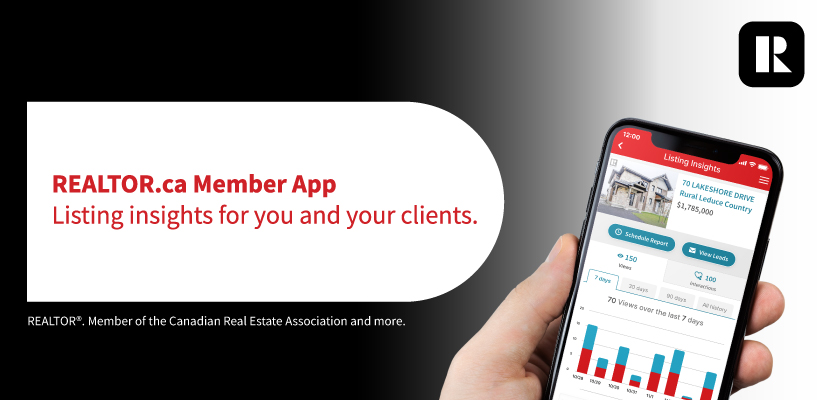Have your leads dried up? Referrals gone quiet? Are you getting leads but they go nowhere?
In the real estate business, there can be a natural ebb and flow in activity throughout the year. There are seasonal highs and lows, market conditions can influence, location plays a factor.
And yet there are agents whose business remains consistent no matter what’s going on externally, while others in the same market are struggling.
So what is their secret? Are they better at marketing? Perhaps. Have they just been around longer and are better known? Maybe. Do they spend more on advertising? Possibly.
If you are struggling to generate a steady flow of leads for your business, you may just assume marketing is the problem and you need more of it. Your response might be to get more active on social media, spend more money on advertising, hire a lead generation company to send you leads or build a new website. There are many ways to fix a marketing problem.
But…do you have a marketing problem?
Many of the agents I talk to come to me frustrated by the lack of results they are getting from lead generation activities that are costing them hundreds of dollars per month. The biggest complaint? Too many bad leads that go nowhere.
What are they looking for? A better strategy. A better way of attracting leads. Better leads. They come with a perceived marketing problem. But regardless of what marketing tactics you are using and how much money you throw at it, if you are not consistently converting leads to customers, your problem may not be a marketing one.
Before you can solve your problem, you need to determine if it’s a marketing problem or, more fundamentally, a business problem.
Why is this important? You can’t solve a business problem with more marketing.
If your message is confusing or not connecting with the right audience, shouting louder isn’t going to help. Trying different tactics or spending more on your marketing without addressing the underlying problem is like trying to wallpaper over a hole in the wall. It may look good, but the problem is still there.
To determine if you have a business problem, you need to look internally at your processes, your client management and your brand. Some signs you may have a business problem:
- Your leads aren’t converting
- You don’t have a clearly defined target audience
- Your service doesn’t match or align with your promise
- Your service is weaker than your competitors
- You have no distinct point of differentiation from your competitors
- You’re not getting referrals or repeat business
If you are seeing some of these signs in your business, you may need to take a step back and evaluate the underlying cause of your problem. Do you have a clear vision for your business? What is your brand? What makes you different from the competition?
Fix the underlying cause and then you can build a marketing strategy that will start to work.
But what if you do have a clear business vision, a clear target audience and your internal processes are working? Your problem may just be with your marketing.
Here are some signs you have a marketing problem:
- You don’t have a marketing strategy or it’s out of date
- Your advertising is attracting the wrong audience
- You’re not attracting enough leads
- Your target audience is too broad or generic
- Your content and messaging is generic and not specific to your target audience
- Your marketing material is old or of poor quality
- Your marketing efforts are inconsistent or sporadic
Simply hanging an “I’m a Real Estate Agent” sign on your door is not going to cut it. Your branding, your content, your messaging, your customer service – everything you do – must appeal to and resonate with your target audience.
To do that, you must have a clearly defined audience, whose pain points and issues you understand and address in your marketing…and in your business. And, you must have a clear point of differentiation – a brand that will draw that audience to you.
The bottom line is, you need to understand where the real issues are with your business so you can focus your time, your resources and your money on fixing the right problem.
Self-described geek, artist and fledgling hockey goalie, Catherine Willems has been in marketing for over 25 years and focused on digital since it became a thing. Since starting her own business in 2009, she’s helped over 100 clients across two continents achieve online marketing success. As the owner of Realty Marketing, she says she has faced the same entrepreneurial struggles as many of you and can pass on her learnings to give you back your late nights and weekends. Book a free consult today or call 416-994-2332.


















